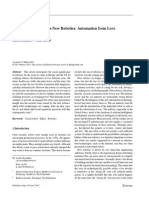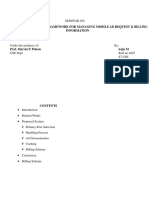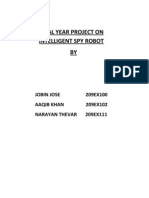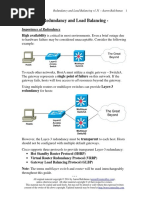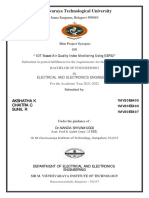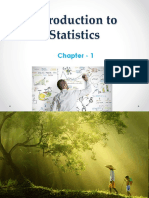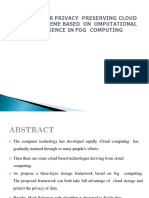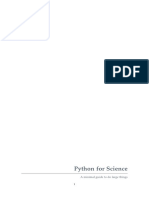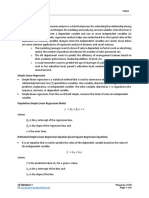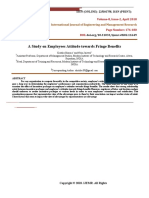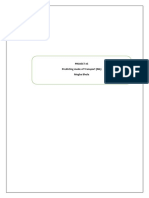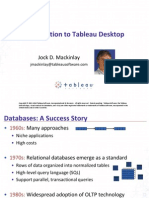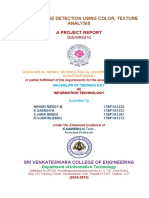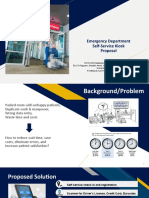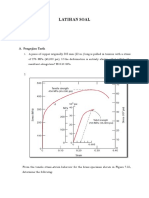100% found this document useful (1 vote)
122 views17 pagesMachine Learning
This document outlines a machine learning workflow to predict the stages of chronic kidney disease. It describes using various machine learning models like logistic regression and KNN to classify patients into CKD stages based on features like age, weight, gender, race, and serum creatinine levels. The workflow involves data cleaning, exploratory data analysis to understand the distributions and correlations between features, training and evaluating models on split datasets, and finding the best performing model like KNN with K=3 to classify patients into the 5 stages of CKD.
Uploaded by
api-488097590Copyright
© © All Rights Reserved
We take content rights seriously. If you suspect this is your content, claim it here.
Available Formats
Download as PDF, TXT or read online on Scribd
100% found this document useful (1 vote)
122 views17 pagesMachine Learning
This document outlines a machine learning workflow to predict the stages of chronic kidney disease. It describes using various machine learning models like logistic regression and KNN to classify patients into CKD stages based on features like age, weight, gender, race, and serum creatinine levels. The workflow involves data cleaning, exploratory data analysis to understand the distributions and correlations between features, training and evaluating models on split datasets, and finding the best performing model like KNN with K=3 to classify patients into the 5 stages of CKD.
Uploaded by
api-488097590Copyright
© © All Rights Reserved
We take content rights seriously. If you suspect this is your content, claim it here.
Available Formats
Download as PDF, TXT or read online on Scribd
/ 17

